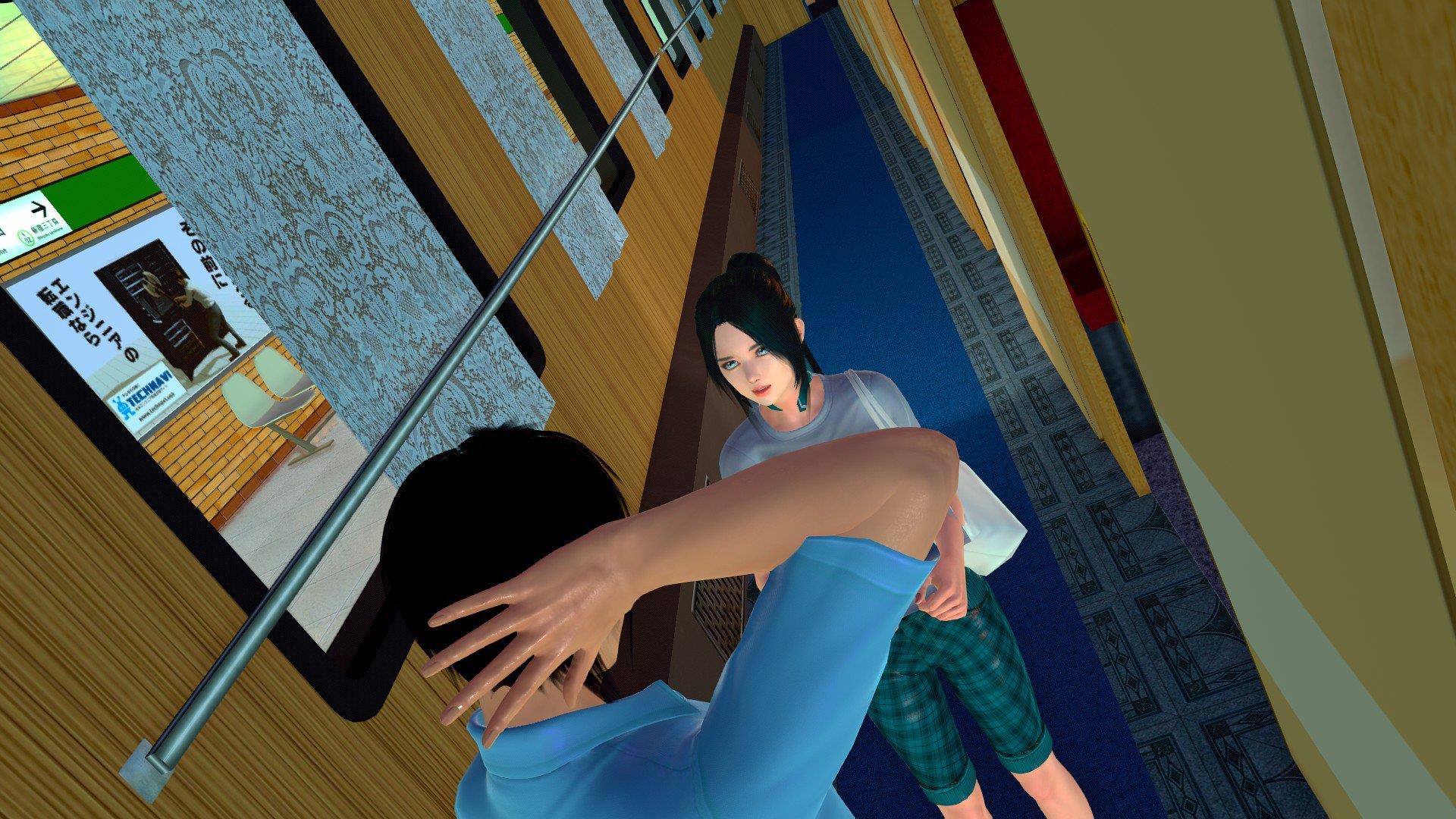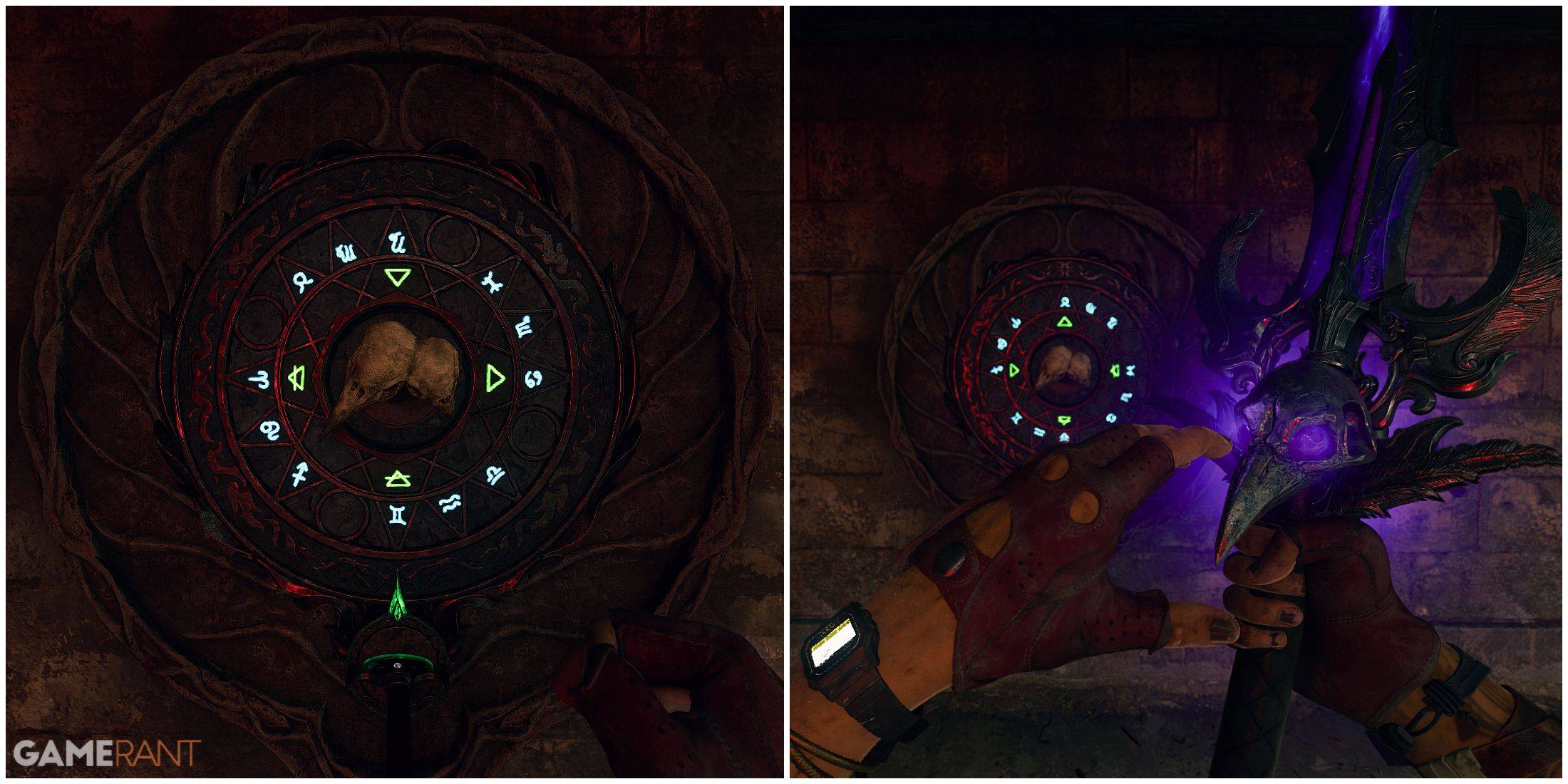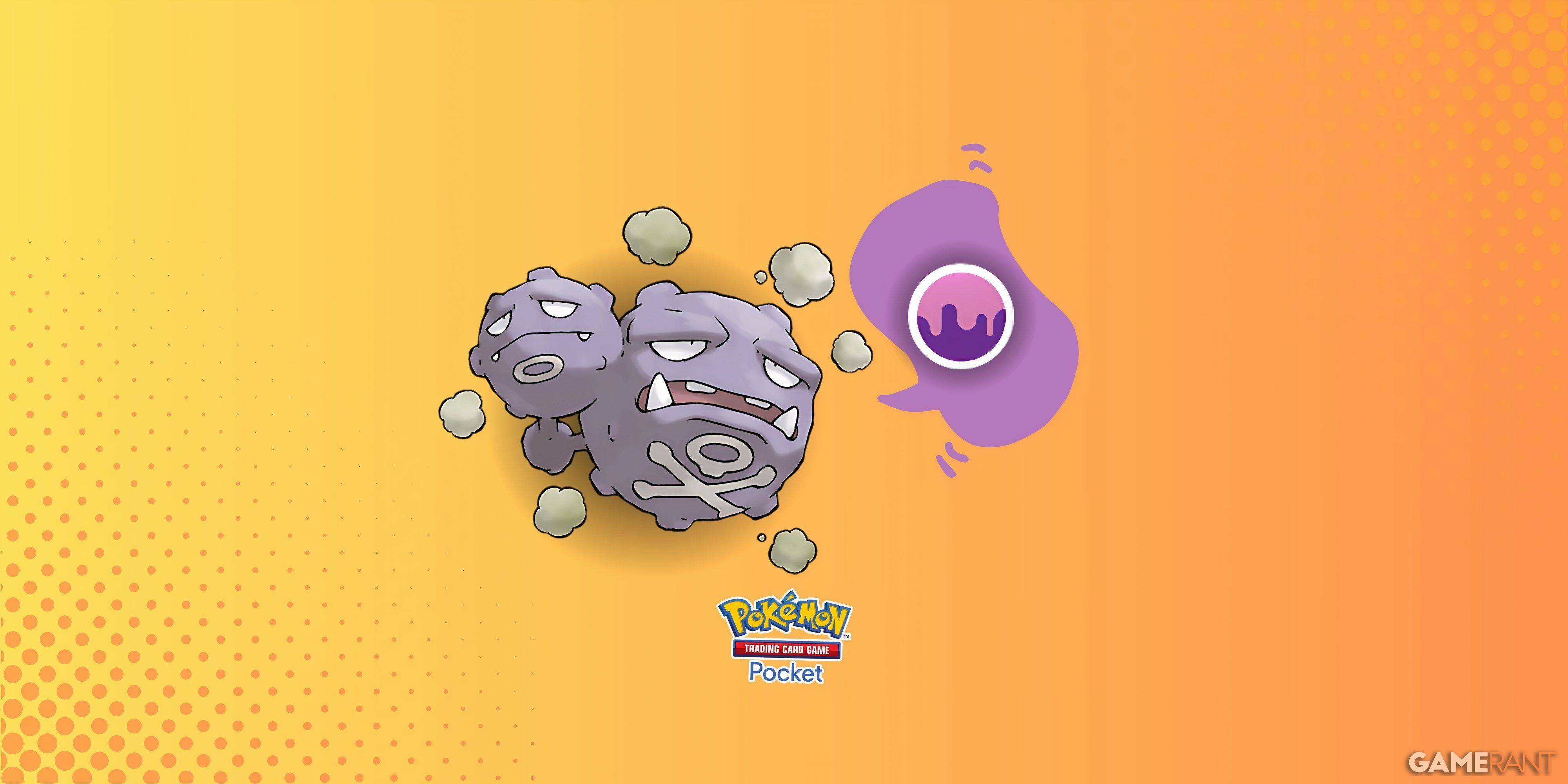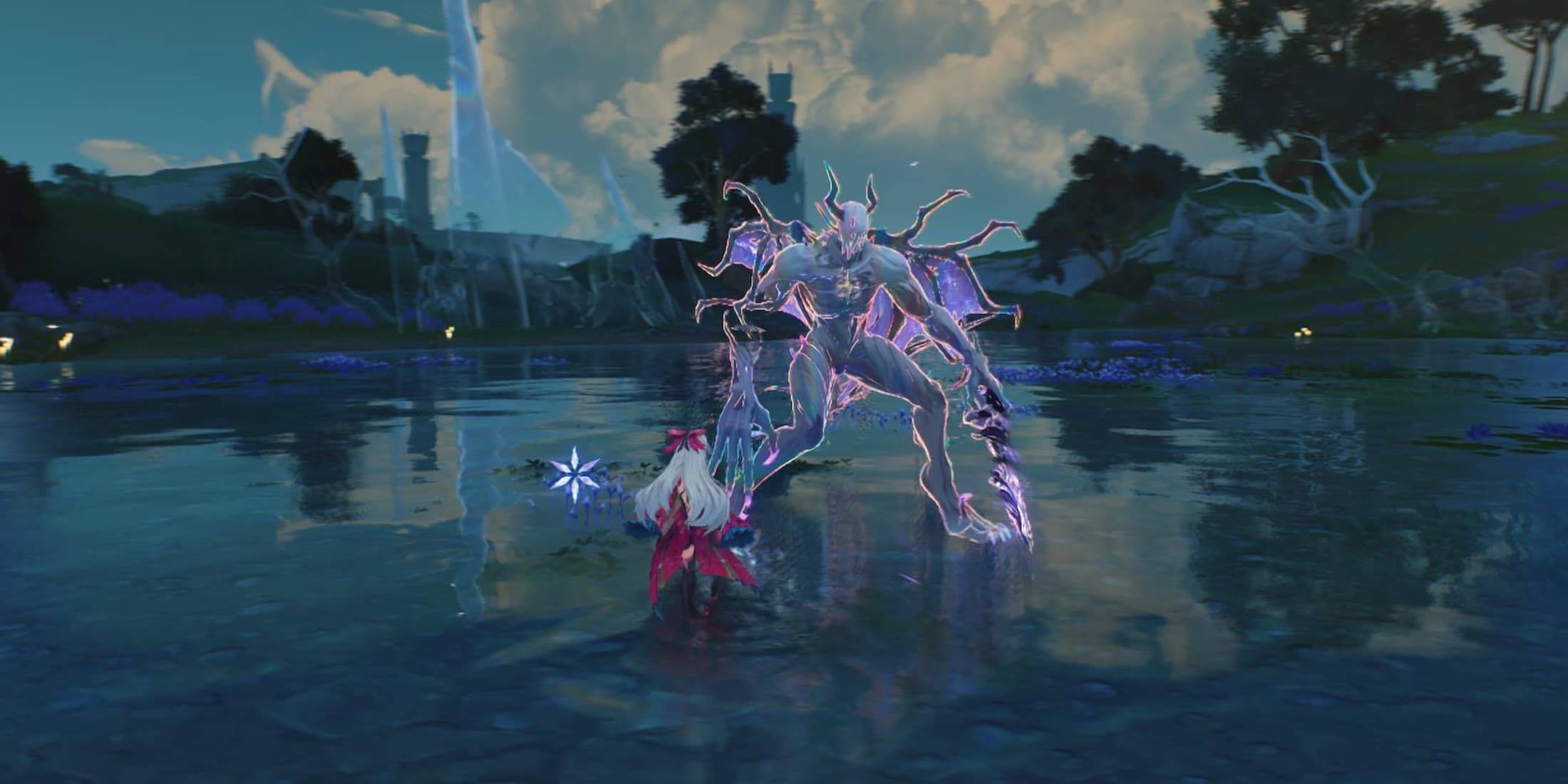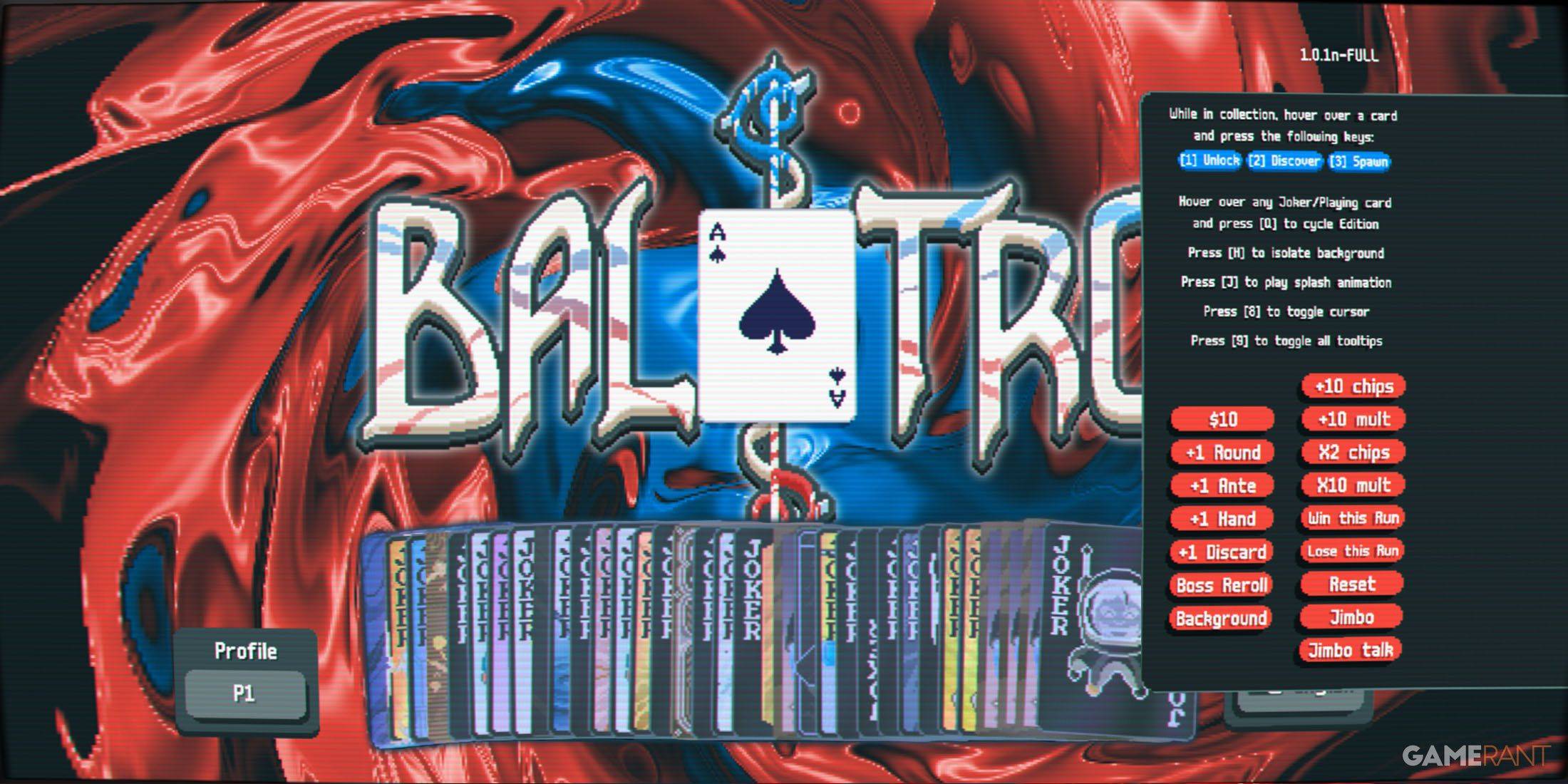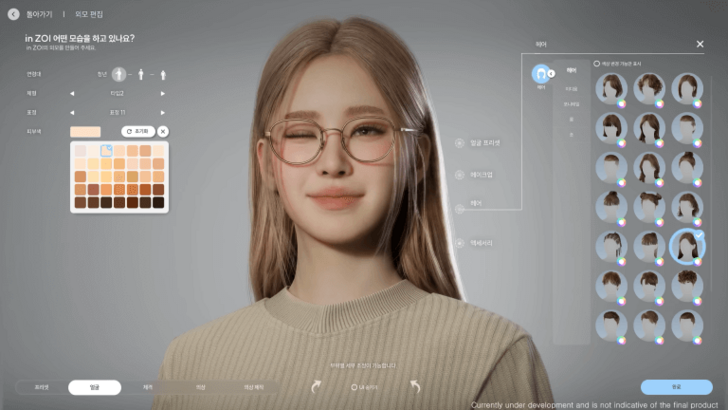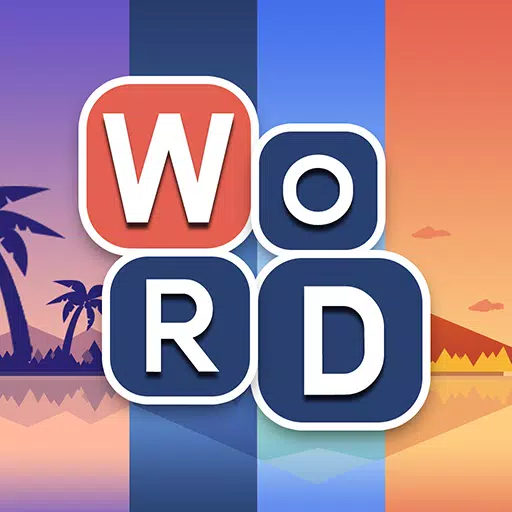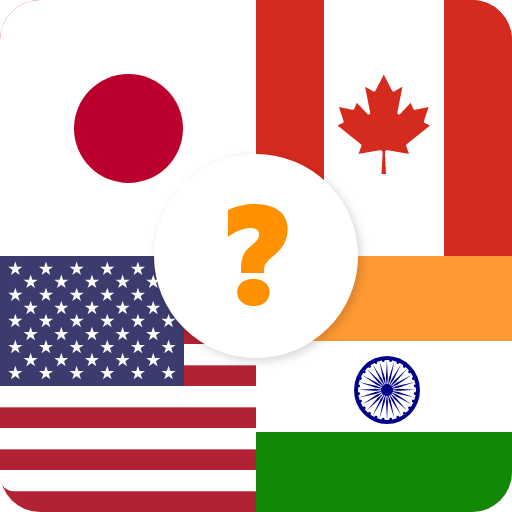Xbox Prices Rise; Analysts Predict PlayStation Hike
In recent weeks, the gaming industry has seen a significant shift with major players like Microsoft, PlayStation, and Nintendo announcing price increases across their consoles and accessories. Microsoft led the charge by raising the prices of all its Xbox Series consoles and many accessories globally, alongside confirming that some new games would cost $80 this holiday season. Just a week prior, PlayStation followed suit by increasing console prices in select regions, while Nintendo had already adjusted the prices of its Switch 2 accessories and announced its first $80 game.
These tariff-induced price hikes have caught the attention of gamers worldwide, leading to a whirlwind of news and speculation. To understand the situation better, I consulted with industry analysts to discuss the reasons behind these increases, the future cost of gaming, and the potential impact on the industry. The consensus is clear: video games, consoles, and major platforms are here to stay, but gamers should brace themselves for higher costs across the board.
Why is it all so dang expensive?
The primary driver behind these price increases, as explained by experts, is tariffs. Dr. Serkan Toto, CEO of Kantan Games, Inc., emphasized that since Microsoft's consoles are manufactured in Asia, the price hikes were anticipated. He noted that the timing of the announcement, amidst tariff uncertainties in the U.S., was strategic, allowing Microsoft to implement global price adjustments with minimal backlash. Joost van Dreunen from NYU Stern further supported this view, describing Microsoft's approach as a "ripping off the Band-Aid all at once" strategy, aimed at consolidating consumer reaction into a single news cycle.
Other analysts, like Manu Rosier of Newzoo and Rhys Elliott of Alinea Analytics, highlighted that the timing of the price increase before the holiday season allows both partners and consumers to adjust their expectations. Elliott also pointed out that while digital software isn't directly affected by tariffs, the price hikes on games help offset the increased manufacturing costs of hardware.
Piers Harding-Rolls from Ampere Analytics added that beyond tariffs, macroeconomic factors such as persistent inflation and rising supply chain costs are contributing to the price adjustments. He also mentioned that competitive pricing with other consoles like the PS5 and Switch 2 played a role in Microsoft's decision, particularly in the U.S. where the price increases are most significant.
Blinking Third
The question on everyone's mind is whether Sony will follow Microsoft's lead with further price increases on PlayStation hardware, accessories, and games. Analysts are largely in agreement that it's likely. Rhys Elliott was particularly confident, predicting that PlayStation would increase software prices alongside hardware, following the trend set by Nintendo and Xbox. He noted that the market is ready to bear higher prices, with many gamers willing to pay premium amounts for early access to new releases.
Daniel Ahmad from Niko Partners mentioned that Sony has already raised console prices in regions outside the U.S., but suggested that the U.S. market might not be immune for long. James McWhirter from Omdia pointed out the vulnerability of PS5 manufacturing to U.S. tariffs, noting that both Microsoft and Sony have been able to rely on existing inventories due to the high sales volume in Q4. Mat Piscatella from Circana, while cautious in his predictions, highlighted the broader impact of tariffs on the industry as stated by the Entertainment Software Association.
Nintendo, on the other hand, has indicated that it might consider further price adjustments if tariffs continue to fluctuate.
Video Games Are Fine... But Are We?
The ripple effect of these price increases has led to concerns about their impact on console manufacturers and gamers alike. However, analysts are optimistic that the industry will weather the storm. Microsoft's recent 'This Is An Xbox' campaign suggests a strategic pivot towards a service platform, which could mitigate the impact of declining hardware sales. Piers Harding-Rolls noted that while Xbox hardware sales may continue to decline, the launch of GTA 6 in Q2 2026 could provide a significant boost.
Despite the price hikes, analysts like Rhys Elliott and Manu Rosier believe that overall spending on games will remain robust. Elliott pointed out that gaming is price-inelastic, with early adopters continuing to drive sales even in tough economic times. Rosier suggested that while spending might shift towards subscriptions and live-service games, the total spend on gaming could remain steady or even grow.
Piers Harding-Rolls and Daniel Ahmad noted that the U.S. market, being the largest for consoles, might feel the impact more keenly due to localized tariffs. However, growth in Asian and MENA markets, particularly in countries like India, Thailand, and China, is expected to continue. James McWhirter highlighted that while full game pricing may not traditionally follow inflation, the quick move by Xbox to $80 games following Nintendo's lead suggests that other publishers will follow suit.
Mat Piscatella, while acknowledging the uncertainty in the market, predicted a shift towards free-to-play and more accessible forms of gaming. He noted that as everyday expenses rise, disposable income for gaming might decrease, potentially leading to a high single-digit or even teen percentage decline in spending.
In conclusion, while the gaming industry is navigating through a period of price adjustments driven by tariffs and economic factors, the resilience of the market and the strategic shifts by major players suggest that gaming will continue to thrive, albeit with changes in spending patterns and consumer behavior.
Latest Articles




![Taffy Tales [v1.07.3a]](https://imgs.anofc.com/uploads/32/1719554710667e529623764.jpg)



